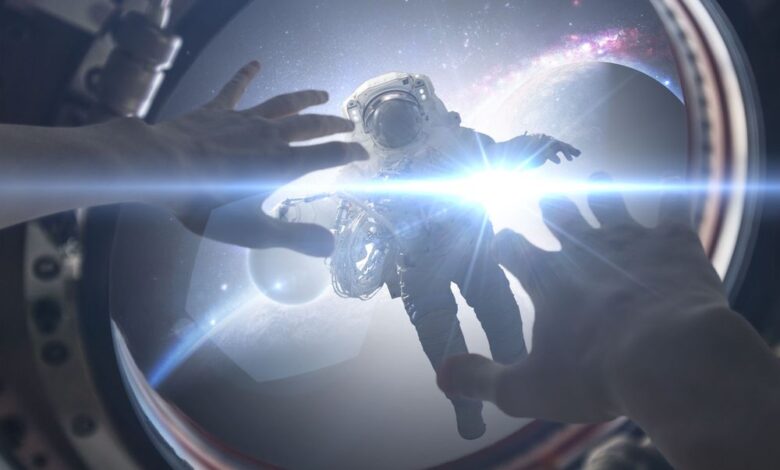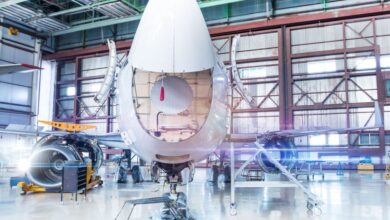Boeing’s Starliner Capsule: A New Era In Space Exploration

$BA
On May 6, Boeing’s Starliner astronaut capsule, a pivotal development in space travel, was set for its first crewed test flight. This event marked a significant milestone for Boeing, as it competes for a more substantial share of NASA’s space exploration projects, alongside private sector entities like Elon Musk’s SpaceX. The launch, scheduled for 10:34 p.m. From NASA’s Kennedy Space Center in Florida, promised to be a historic moment for both Boeing and the field of astronautical science.
Developed in collaboration with NASA’s Commercial Crew Program, the CST-100 Starliner is designed to transport up to seven passengers or a mix of crew and cargo to low-Earth orbit. The spacecraft’s design includes autonomous flight capabilities, though the crew can manually control it if necessary. This blend of automation and manual control underscores the advanced technology that defines the Starliner. The crew for this monumental flight included veteran NASA astronauts Barry “Butch” Wilmore and Sunita “Sunni” Williams, who brought a wealth of experience from their previous missions to the International Space Station (ISS).
The journey to this point has not been without its challenges for Boeing. The aerospace giant has faced multiple setbacks, including a failed uncrewed test flight in 2019 due to software and engineering issues. However, a successful second attempt in 2022 set the stage for this crewed mission. These developments come at a crucial time for Boeing, as the company seeks to recover from various crises within its commercial plane operations, including issues with the 737 MAX jets.
The significance of the Starliner mission extends beyond Boeing’s immediate goals. NASA’s support for privately built spacecraft like the Starliner is part of a broader strategy to ensure the United States continues to lead in space exploration. This strategy includes potential missions to the moon and Mars under NASA’s Artemis program. Moreover, the ISS is expected to retire around 2030 and NASA is encouraging the development of new space stations, which could provide future destinations for spacecraft like the Starliner.
On the ground, the atmosphere was one of cautious optimism. At a pre-flight briefing, Boeing vice president Mark Nappi expressed confidence in the Starliner’s readiness, a sentiment echoed by NASA officials who emphasized the meticulous preparation that goes into such missions. The launch was also set to be a historical echo, marking the first crewed voyage using an Atlas rocket since the Mercury program in the 1960s, which included iconic flights by astronauts like John Glenn.
As Boeing prepares for this landmark test flight, the implications for the aerospace sector are profound. Success could solidify Boeing’s position in the space industry and potentially open up new avenues for space travel and research. Conversely, another setback could delay the company’s ambitions and give competitors like SpaceX a further edge. The outcome of the Starliner’s test flight will likely influence not just Boeing’s trajectory in aerospace but also the future of international space missions. The world watches, the success of this mission could herald a new chapter in human space exploration, with Boeing at the forefront of this new era.



